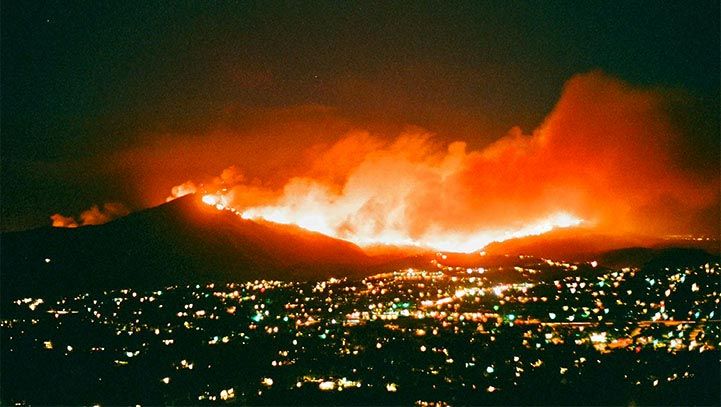
October 7, 2015
A Valley fire in Lake County, California, has destroyed hundreds of homes and businesses and seems to just be getting started. This comes on the heels of dozens of wildfires in the Northern California area, the largest of which has burned some 135,000 acres and threatened entire groves in Sequoia National Forest, according to the U.S. Forest Service. However, the Lake County fire is the least contained and is resulting in ad-hoc evacuations that leave many fearing for their lives. Here are a few things everyone should know about the Northern California fires.
It’s as bad as they say
California Gov. Jerry Brown had already declared a state of emergency on Fri. the 11 th for Amador and Calaveras Counties before doing the same in Napa and Lake County. And for good reason: the Lake County fire is running wild and only 5% contained. It has been moving along two fronts and has so far destroyed 62,000 acres. This is according to Cal Fire (California Department of Forestry and Fire Protection). Officials in the area are calling it the worst fire the area has ever seen. Up to now, some 1,400 firefighters have been deployed to combat the problem.
Small town destruction
In many ways, Northern California’s Middletown is the prototypical rural “small town” that many politicians like to evoke in stump speeches. What commerce there is comes in the form of small businesses, and folks spend their weekends watching high school football games and taking their kids to soccer. That’s why the fire’s destruction of a brand-new elementary school has hit the town particularly hard. The unpredictable nature of this beast—some structures are left standing while those adjacent are reduced to nothing but char—make it all the more frustrating in the wake of all the destruction.
The relief effort
The National Guard has already been called in, but community members are pulling together, too. Evacuation centers have sprung up in the areas hit hardest by the Valley fires, with many folks filling community centers and camping out in their tents and cars. Those whose homes have not burned are joining the relief effort, coordinating donation deliveries and opening their own doors to those in need. It’s inspiring, to be sure, but also disheartening because no one knows how long the evacuees will be forced to stay in the centers. Some volunteers think it may even be months.
Whether the fires were started by man or by lightning strike, one incontrovertible fact remains—devastating wildfires will continue during California’s hotter months so long as the state remains in a drought. It’s only with the onset of water that the flames will abate.






